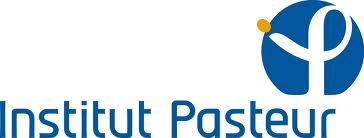

Background
Current medical methods for detecting pathogens are either based on analytical approaches (isolation and characterization) or on biochemistry assays (PCR, real time PCR or ELISA). Despite time and effort, these methods are not relevant for the detection of a wide panel of pathogen targets, including biological agents. HTS technologies produce large amounts of sequences from complex samples. Such data can be used to detect and identify known or unknown pathogenic organisms without any prior knowledge.
Results
SynBioWatch is a collaborative program involving the French Alternative Energies and Atomic Energy Commission (CEA), the Pasteur Institute, a foundation which contributes to the prevention and treatment of diseases, and PathoQuest, a biotech start-up company dedicated to the identification of pathogens. SynBioWatch develops an innovative HTS screening pipeline that automatically identifies Select Agent organisms, in order to alert threat response teams. Select Agents are pathogens or toxins that have the potential to pose a severe threat to both human and animal health, to plant health, or to animal and plant products. This pipeline is made of three parts:
- 1 - A pre-processing step which filters out sequence «reads» and removes all uninformative sequences (such as duplicated or low quality reads).
- 2 - A comparison step where all «reads» are compared to a comprehensive data set of sequences from public databases.
- 3 - An automated rule-based classifier that raises alerts if needed.
Conclusion
High Throughput Sequencing enables deeper analysis of complex samples and pushes the detection limit. Rapid pathogen identification from environmental or biological samples is essential for diagnosis and treatment selection, as well as reactive responses to bioterrorism threats.
 |
 |
 |